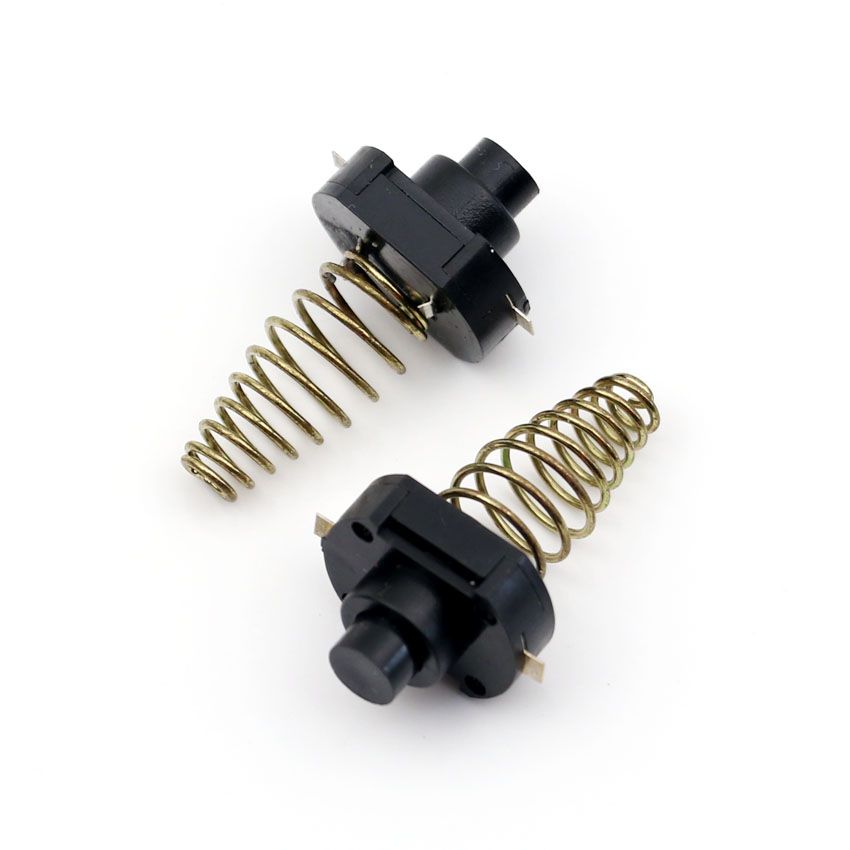

This makes for an incredible sounding double-click on each keystroke that gives the supreme tactile feedback. Usually the first click is louder, followed by a smaller click when it returns to the original position. The clicky switches made by Kailh have a different design that makes the click sound better and more satisfying.Ĭlick bar switches are very cool because they produce a small click sound in both directions, on actuation and release. However, clicky switches are really well done by Kailh. Kailh switches are generally known to be scratchy, which makes them not the best for those who like tactile or linear switches. Are Kailh Switches Good?ĭetermining if Kailh switches are good depends mostly on the user and what their preferences are, but I would say they are decent, with a big exception. In addition, their quality standards aren’t quite as good as Cherry MX, so they have a shorter lifespan and are more likely to have defects. Kailh is a company based out of China, so they are able to produce switches at a very low cost and undercut brands such as Cherry MX who are based out of Germany. There are a TON of different Kailh switches, so we’ll do our best to go over them all and give our recommendations. Although they aren’t quite as good as Cherry MX which have a lifespan of 100 million keystrokes. They are are known to have a lifespan of 60 million keystrokes. Kailh has so many switches in its lineup it’s hard to know where to start.

#FLASHLIGHT CLICKY SWITCH MAC#
To prevent your Mac from recognizing your iPhone as a camera or microphone, even when your iPhone is plugged in and mounted, you can turn off Continuity Camera: To add it back, plug your iPhone into your Mac and mount your iPhone. The current video and audio session pauses or switches to another camera or microphone, if available, and your iPhone is removed from camera and microphone lists on your Mac.
#FLASHLIGHT CLICKY SWITCH BLUETOOTH#
Tap the Disconnect button on your iPhone screen, or move it out of Bluetooth range of your Mac.To resume, tap Resume and mount your iPhone. Tap the Pause button on your iPhone screen.You might need to stop and restart video or audio in your app as well. Use your app's controls to stop video, mute audio, or end the call.When you end the call, you might need to choose your iPhone again in your app. If you answer the call on your Mac, the current video and audio session pauses.If you answer the call on your iPhone, video and audio pauses until you end the call and lock and mount your iPhone.If you receive a call while using your iPhone camera or mic, your Mac shows a notification that you have an incoming call. Or click the screen sharing button (if available) in the Desk View window, then choose Stop Sharing Window or Close Window. To stop Desk View, close the Desk View window.If using a different app, use its screen-sharing feature to select the Desk View window for sharing.If using FaceTime, the Desk View window should already be shared. If others on the call can't see your desktop, click the Desk View button in the FaceTime window again, then click the Share Desk View button in the Desk View window.Click Start Desk View, then share the Desk View window:.You can also make these adjustments after you start Desk View. To skip this setup step in the future, use the View menu in the Desk View menu bar to turn off Always Show Setup. If you can't get a good view of both face and desktop, try again with your iPhone in portrait orientation. To zoom out or zoom in on your desktop, drag the onscreen control in the Desk View setup window.If using a different app, click Control Center in the menu bar, click Video Effects, then click Desk View.If using FaceTime, start your video call, then click the Desk View button in the upper-right corner of the video window.It's great for creating DIY videos, showing sketches over FaceTime, and more. Using the Ultra Wide camera, Desk View shows your desk and your face at the same time. Requires iPhone 11 or later, excluding iPhone SE


 0 kommentar(er)
0 kommentar(er)
